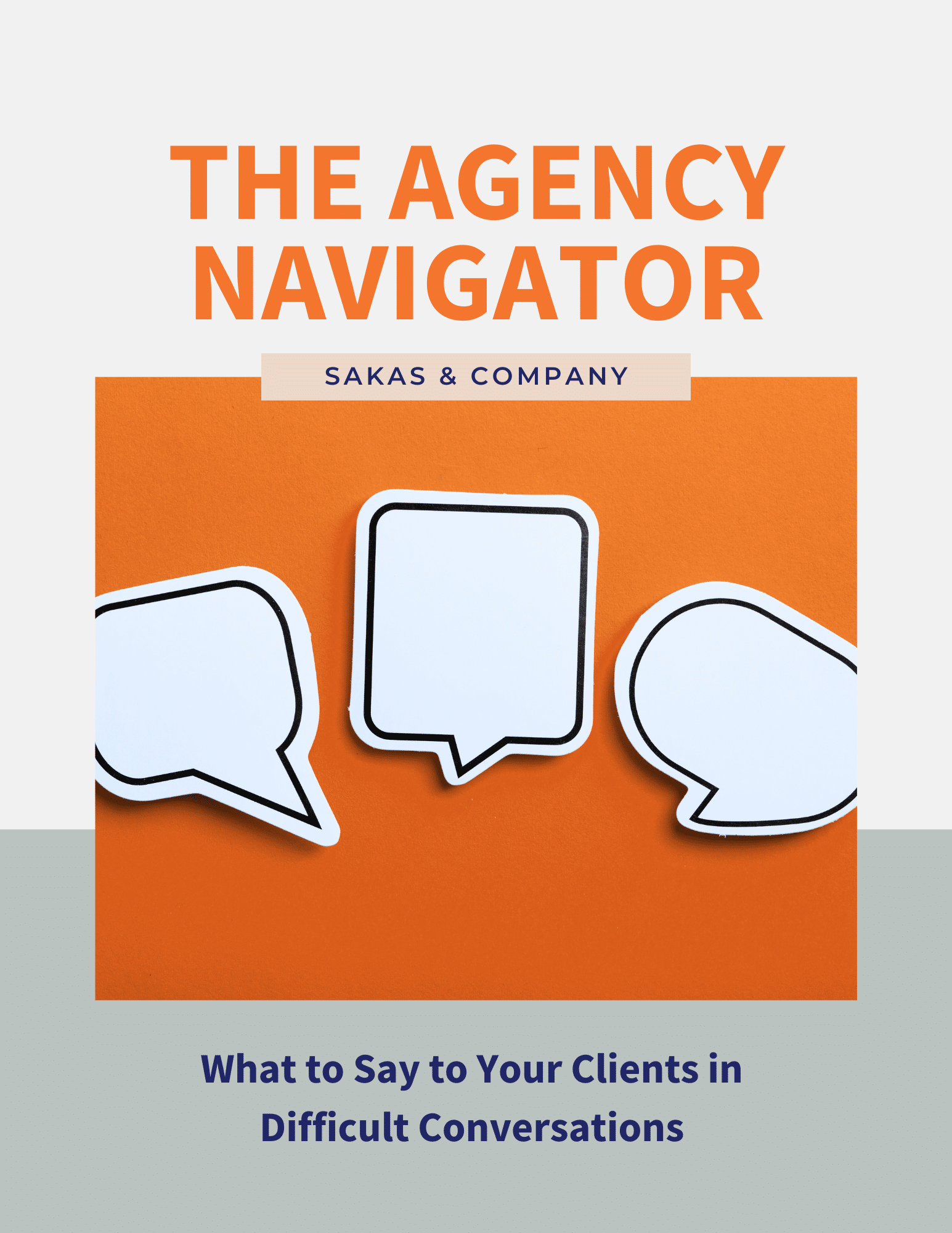I’ve gotten a lot of questions about how agencies can specialize in a vertical while still ethically serving clients in the same market. That is, what counts as a Conflict of Interest?
Sometimes it’s about clients who compete in a local market. Other times, it’s clients who compete nationally or internationally.
The right choice comes down to whether there is a “zero sum game”… and your comfort level dealing with unhappy clients.
“Zero Sum Game” Services = Conflict of Interest
When only one client can “win” in an industry, you can’t ethically provide services to other clients in the same market. For example, you don’t want two clients both targeting “coffee shop Sacramento,” but you could serve one coffee shop in Sacramento and others in other cities—they aren’t competitors.
It’s not just local marketing—you would have a similar issue if you were doing pay-per-click (PPC) campaigns for eCommerce sites that target the same keywords. For example, if you do marketing for real estate websites, you couldn’t ethically do marketing for both Trulia and Zillow, because they provide effectively the same product.
The situation would be different if you were creating deliverables that didn’t compete directly. For example, if you do web development for gyms (and don’t provide ongoing marketing help), you could ethically build two websites for two competing gyms in Portland, Oregon (although your first client would probably be irked).
It would also be acceptable if you were targeting an enormous, highly-fragmented national market. For example, breakfast cereal or music groups have huge audiences, and the people who enjoy one type of music could also enjoy another.
Single client per market
Agencies tend to provide services to one client per market. Sometimes they mention that their clients have geographic exclusivity, and other times they don’t.
The nature of an “area” will vary by vertical and geography. There are dozens of neighborhoods in New York City, so targeting “coffee shop Park Slope” isn’t competing with “coffee shop Soho.” However, if you focus on auto-repair shops, which typically draw from a five-mile radius, you could likely serve mechanics in towns that are 45 minutes apart, since most people aren’t driving almost an hour to get their car repaired.
Confidentiality concerns
Vertical specialization also makes some clients wonder about what you discuss with other clients. In my case, I only share anonymized client examples. I also have a page about confidentiality, since my clients are exclusively digital agencies.
The majority of my clients are in the U.S., but I’ve helped agencies in 20 countries so far. Since my focus is international, I haven’t run into a case where clients were direct competitors. The closest was where Agency A was Agency B’s biggest client. I referred Agency A elsewhere without revealing that I worked with Agency B… and knew all about Agency A
Managing conflict
Given agency specialization, I advise against signing a client non-compete—but you should have a policy about how you handle conflicts. If you don’t have a policy yet, write one and send it to clients to make it official.
For instance, I have a client that specializes in marketing for lawn & landscaping businesses. They’ll do projects for multiple clients in one geography, but just one retainer. There’s one exception on retainers—if a client does exclusively commercial landscaping, they’ll do a retainer for a residential-only client (or vice versa) in the same geography. If a client ends a retainer, they “opens” the slot for someone else in the area.
This is harder for agencies that specialize in eCommerce, since they aren’t as constrained by geography. A key (for eCommerce and otherwise) is that you can’t ethically target the same search keywords for the same client. This is why it’s helpful to have referral agreements with other agencies, for handling conflicts; law firms do this all the time, albeit typically without charging a referral fee.
Messaging and opportunity cost
Ultimately, you can position your industry embeddedness as a plus—you already know the latest in XYZ industry marketing. I hear this from prospective clients. One coaching client said that his previous coach didn’t know about marketing, so he had to explain the difference between SEO and PPC. Since I’ve been in digital marketing for 20 years, we can skip that intro.
In the past, agencies who didn’t specialize by vertical would charge a buyout fee to provide services exclusively to one client in a particular area. If you focus on one vertical, you can’t justify a separate upcharge, but this reinforces the importance of charging enough during the sales process.
If someone is the only client you can ethically take in a particular geographic market, are you charging them enough to justify the opportunity cost of saying “no” to the others in town?
The cost of client drama
Here’s an easy way to test if there’s a conflict—if you did work for a new client, would an existing client be unhappy to hear you worked with their competitor? If the answer is “yes,” think twice.
A client recently ran into this—a prospect asked for help. A portion of the prospect’s business competed with a portion of her existing client’s business. She asked her long-time client for feedback—he said it was OK to work on certain items, but nothing that competed directly.
The bottom line
Ultimately, this is about your comfort level—I recommend specializing by client industry vertical, but be sure to avoid obvious conflicts. And if you can ethically serve only one client in a particular market, be sure you’re charging enough to make it worth it.
Question: How do you handle client Conflict of Interest situations at your agency?


